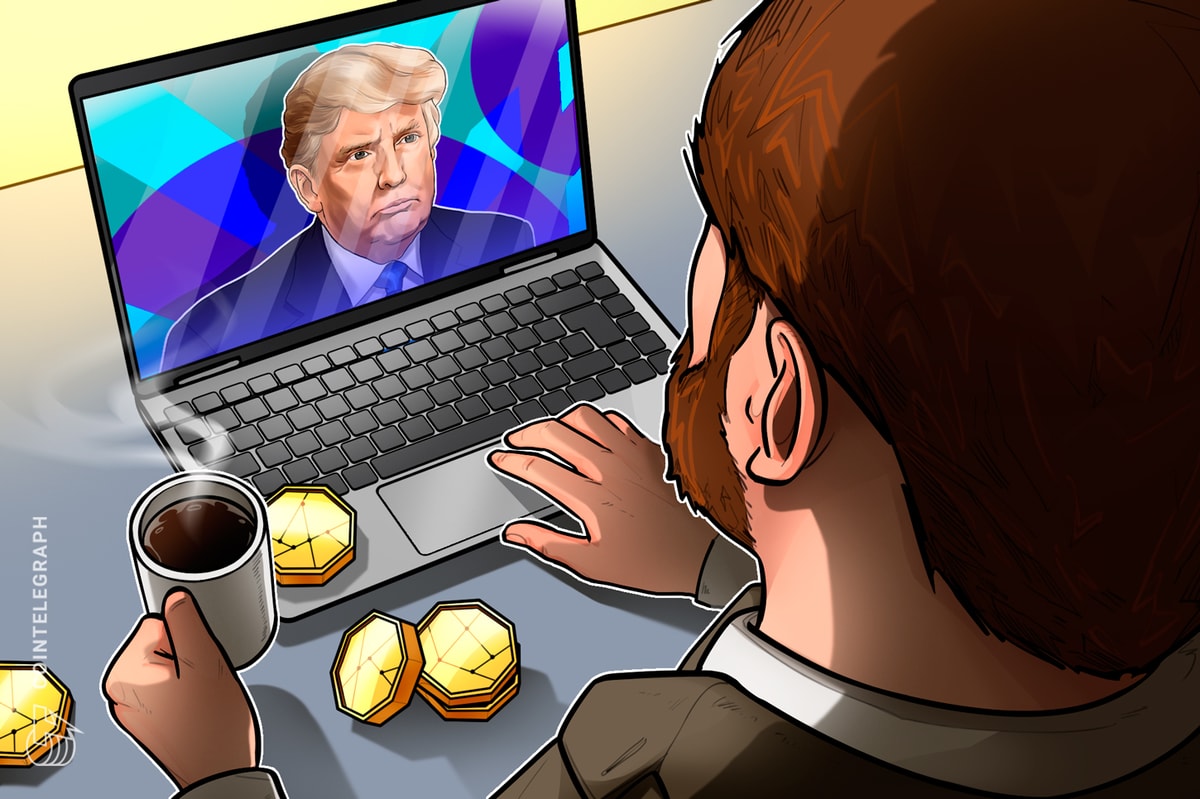A pair of posts by President Donald Trump about his plans for a US crypto reserve “triggered a marketwide rebound” in cryptocurrencies on March 2, wit
A pair of posts by President Donald Trump about his plans for a US crypto reserve “triggered a marketwide rebound” in cryptocurrencies on March 2, with global market capitalization increasing nearly 7% to $3.04 trillion, Cointelegraph reported.
Still, on closer examination, a crypto strategic reserve — presumably along the lines of the US Strategic Petroleum Reserve, created in the 1970s after the Arab oil embargo — raises as many questions as it answers.
There was controversy, if not confusion, about what sorts of crypto would comprise the “reserve,” as well as whether the US would purchase crypto for the reserve, as opposed to simply adding to its stock of confiscated crypto when law enforcement makes seizures.
The order of Trump’s two posts on the Truth Social platform also drew scrutiny. Interestingly, the first post mentioned only the projected reserve’s three smallest tokens by market capitalization: XRP (XRP), Solana (SOL) and Cardano (ADA).
Source: Donald Trump
A few minutes later, almost as an afterthought, the president posted again, this time referencing the two largest cryptocurrencies: Bitcoin (BTC) and Ether (ETH).
Source: Donald Trump
Fairly or unfairly, some critics noted that the president’s own memecoin had been launched on Solana, so that platform might have been more front-of-mind.
Others in the crypto community were surprised at the inclusion of altcoins. Some assumed that the US might one day have a Bitcoin strategic reserve because BTC was the oldest, safest, most widely owned and best-capitalized cryptocurrency. But a reserve with altcoins, too?
“An unforced error”
“This decision on a wide-ranging crypto strategic reserve is an unforced error that will be regretted in the future,” Anthony Pompliano, founder and CEO at Professional Capital Management, wrote on March 3. “We seem to be getting a random smattering of speculative tools that will enrich the insiders and creators of these coins at the expense of the US taxpayer.”
Crypto tokens like ETH, SOL, XRP, and ADA simply don’t fit the “reserve” framework, Pompliano added. They are more like technology stocks than the hard money or natural commodities that typically populate strategic reserves (Canada has a strategic reserve of maple syrup, a less-common commodity, admittedly.)
“Skeptics say the most obvious winner is Trump himself, who has rolled out a crypto venture of his own that carries millions of dollars in tokens set to be included in the reserve,” The New York Times noted, adding that Ripple, “whose XRP token is one of the five that Trump said would be included…donated $45 million to an industry-wide PAC that sought to help elect Trump and other Republicans.”
Related: Does XRP, SOL or ADA belong in a US crypto reserve?
Others suggested, however, that these altcoins better reflect the direction blockchain-based currencies are heading. Cardano, for example, is “more energy efficient, cost-efficient, deterministic, decentralized, scalable and able to handle programmability today” than Bitcoin, noted one reader who objected to the direction of Pompliano’s letter.
Altcoins: a “double-edged sword”
Yu Xiong, a professor and director of the Surrey Academy for Blockchain and Metaverse Applications at the Surrey Business School, University of Surrey, called the inclusion of altcoins in a state-backed reserve a “double-edged sword” with pros and cons.
A multi-asset reserve offers more diversification and less reliance on Bitcoin, which today accounts for about half of crypto’s total market value, he told Cointelegraph, further explaining:
“Ethereum’s DeFi ecosystem [~$50 billion total value locked] and Solana’s high-speed transactions [65,000 TPS] represent technological diversity.”
The inclusion of altcoins also recognizes blockchain’s broader use cases. Ukraine raised $135 million in crypto donations via ETH, SOL and other coins after it was invaded by Russia in 2022, he added.
But there are potential downsides, too, including regulatory uncertainty. The SEC still has an ongoing lawsuit against Ripple, for instance. “A government holding these tokens could face backlash,” said Xiong.
Liquidity risks are another concern. Given how thinly these coins are traded, government purchases or sales could send crypto prices soaring or crashing.
BTC has a larger trading volume than the other coins, of course. In a recent 24-hour period, Bitcoin’s volume across all platforms stood at $54.8 billion, compared with ETH’s $23.4 billion, XRP’s $5.5 billion, SOL’s $5.4 billion and ADA’s $3.6 billion — which may indicate a “lack of depth for large scale reserves” among some of the altcoins, Xiong said.
Related: Why is the Ripple SEC case still ongoing amid a sea of resolutions?
This, in turn, could raise market manipulation fears. “The US Treasury’s 2014 sale of 30,000 Silk Road BTC caused minimal disruption, but today, selling 3% of Bitcoin’s supply (~$5.5…
cointelegraph.com
